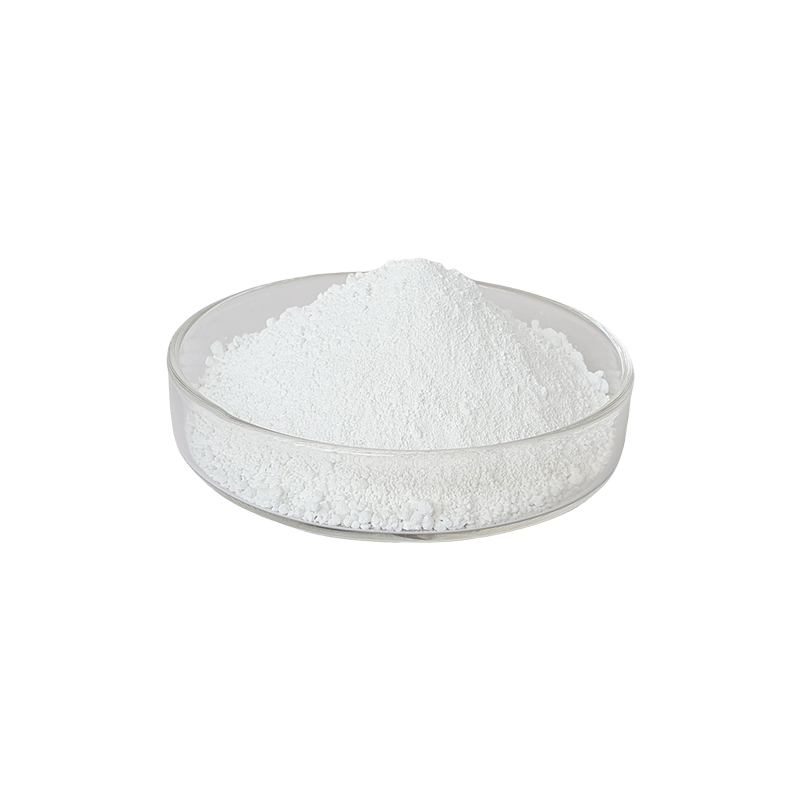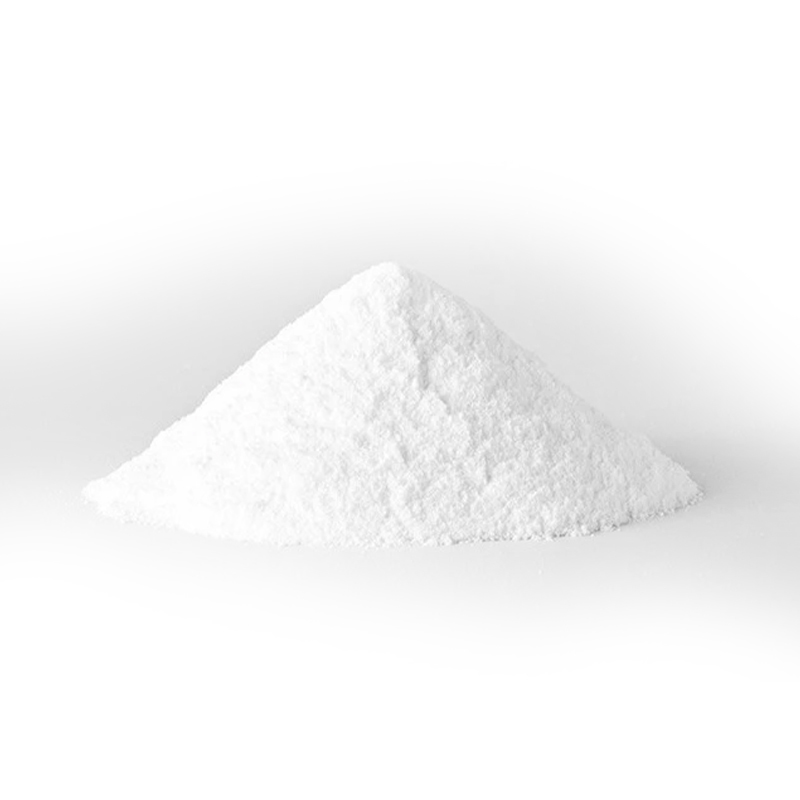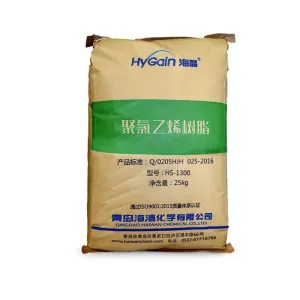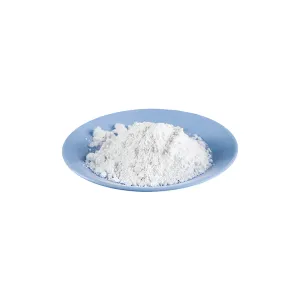The reporter learned today from the Institute of Metals, Chinese Academy of Sciences that the team of researcher Zhang Zhefeng has recently successfully researched and prepared 3D printed titanium alloy materials with high fatigue resistance. The paper on this important achievement has been recently published in the international academic journal Nature.
3D printing, also known as additive manufacturing, is considered to be a disruptive technology in the manufacturing field because of its unique free forming capabilities. It greatly meets the needs of high-end equipment and components for high integration, multi-functionality, lightweight and integration. It has received great attention and preliminary application in aerospace and other fields. However, compared with traditional manufacturing technologies, the fatigue properties of 3D printed materials under cyclic loading are generally poor, which seriously restricts their widespread application as structural load-bearing parts.
Zhang Zhefeng said that under ideal conditions, the titanium alloy structure directly prepared by 3D printing technology should have natural ultra-high fatigue properties, and defects such as pores generated during the printing process conceal the anti-fatigue advantages of its own organization, resulting in actual measurement The fatigue properties of the 3D printed material are greatly reduced. In this study, the research team invented a new process for step-by-step control of defects and structure, and finally prepared a titanium-six-aluminum-four-vanadium alloy with almost no porosity.
"This achievement updates people's previous inherent understanding of the low fatigue properties of 3D printed materials, and demonstrates the broad application prospects of 3D printed materials as structural load-bearing parts in important fields such as aerospace." Zhang Zhefeng said.














